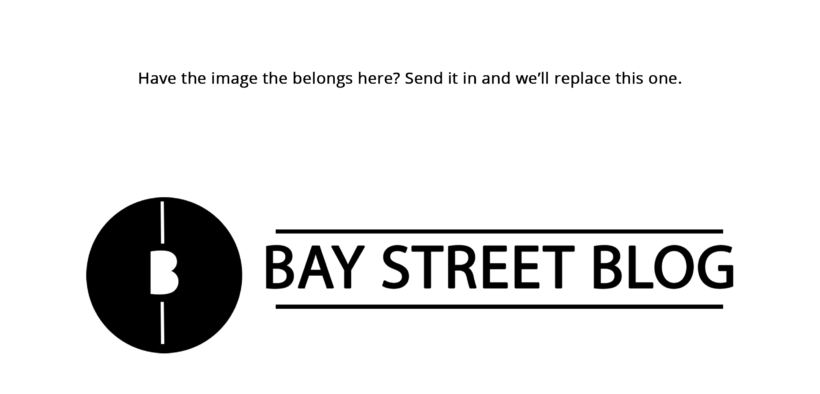GTA Pulls Down October National Home Sales Average: CREA
Share

By: Zoocasa
The latest market report from the Canadian Real Estate Association (CREA) reveals sales improved slightly in October across the country, rising 0.9 per cent from September’s activity. However, longer-term trends are still below last year’s levels, with 4.3 fewer homes sold than in October 2016. Last month also marks the seventh consecutive one in a row that activity has fallen year over year.
This could be partly due to buyers rushing to get into the market before tougher mortgage qualification rules take hold, says CREA’s Chief Economist Gregory Klump. “National sales momentum is positive heading toward year-end,” he says. It remains to be seen whether that momentum can continue once the recently announced stress test takes effect beginning on New Year’s Day. The stress test is designed to curtail growth in mortgage debt. If it works as intended, Canadian economic growth may slow by more than currently expected.”
GTA Market Making a Dent Nationally
While roughly half of all local markets saw stronger sales activity, Ontario’s biggest markets – such as the Greater Toronto Area and the Greater Golden Horseshoe (including the Hamilton real estate market) – are disproportionally negatively influencing the national numbers, as local markets absorb recent changes announced in the province’s Fair Housing Plan.
Prices, however, are still on the rise, up an average of 5 per cent across Canada to $506,000. With Toronto and Vancouver stripped out, however, that falls to $383,000 – a difference of $120,000.
Slightly Stronger Sellers’ Conditions
Slightly higher sales in the short term, combined with an 0.8-per-cent contraction in inventory, means buying conditions became slightly more competitive in October, with a national sales-to-new-listings ratio of 56.7 per cent. This is leaning slighter more toward seller’s conditions; CREA classifies a ratio – which is calculated by dividing the number of sales by available listings – of between 40 – 60 per cent as balanced, while above and below indicate sellers’ and buyers’ conditions, respectively. Lower-priced home types, such as condos for sale in Hamilton, Toronto, and the rest of the GTA, were the highest sought as detached remained out of the realm of affordability for many.
The GTA remains in balanced territory as well with a ratio of 46.5 per cent, while Vancouver is firmly a seller’s region, at 67.1 per cent.
Is Toronto on Track for a 2018 Price Recovery?
Compared to the sales and price peak experienced in 2016, activity in the Toronto real estate market is clearly still in the recovery stage following an abrupt sales decline throughout the summer and autumn seasons. Part of this is due to the psychological impact of the Fair Housing Plan regulations, which include a 15-per-cent foreign buyers tax. A similar fallout occurred in Vancouver in the months following the implementation of the west coast city’s own tax, plunging 51 per cent.
However, Vancouver sales appear to have stabilized throughout 2017, with prices resuming their upward trajectory, bouncing back from a bottom average price of $833,035 in August 2016 to $982,454 one year later.
Should the same factors apply to Toronto (and pending any unforeseen economic occurrences or policy changes), Zoocasa’s latest data analysis estimates the average Toronto real estate price will hit $863,610 by 2018.
You may also be interested in: Toronto Real Estate: Signs of Recovery?
Writer: Zoocasa
Disclaimer: All investing can potentially be risky. Investing or borrowing can lead into financial losses. All content on Bay Street Blog are solely for educational purposes. All other information are obtained from credible and authoritative references. Bay Street Blog is not responsible for any financial losses from the information provided. When investing or borrowing, always consult with an industry professional.








Bay Street Blog Newsletter
Click here to subscribe for a financial savvy experience.
Please check your email to confirm subscription!